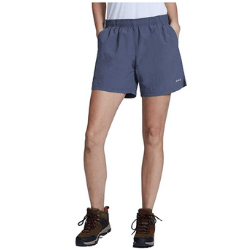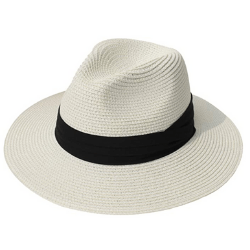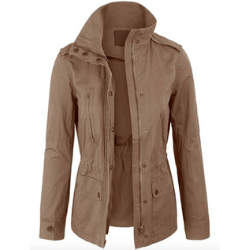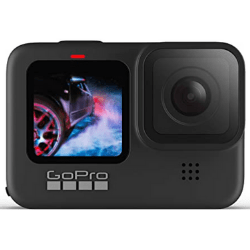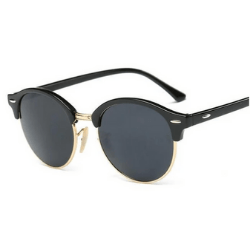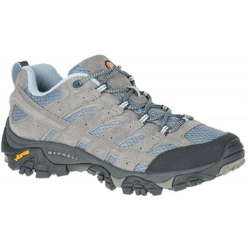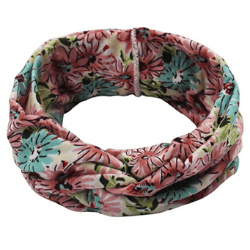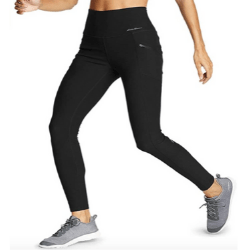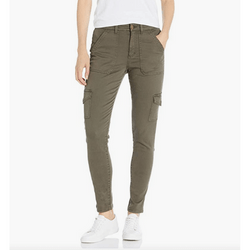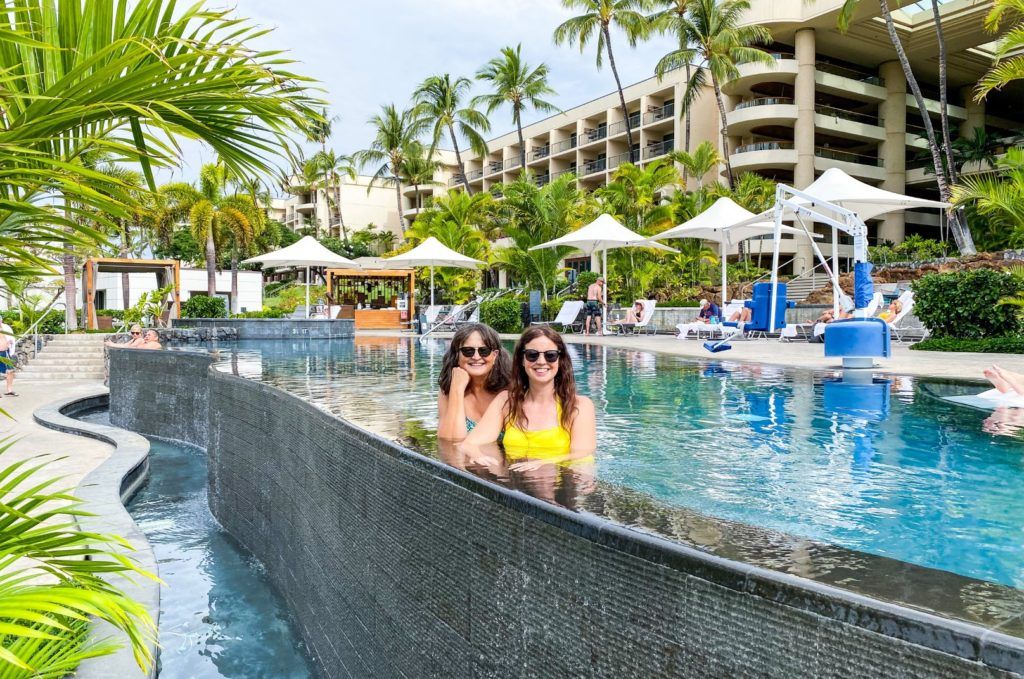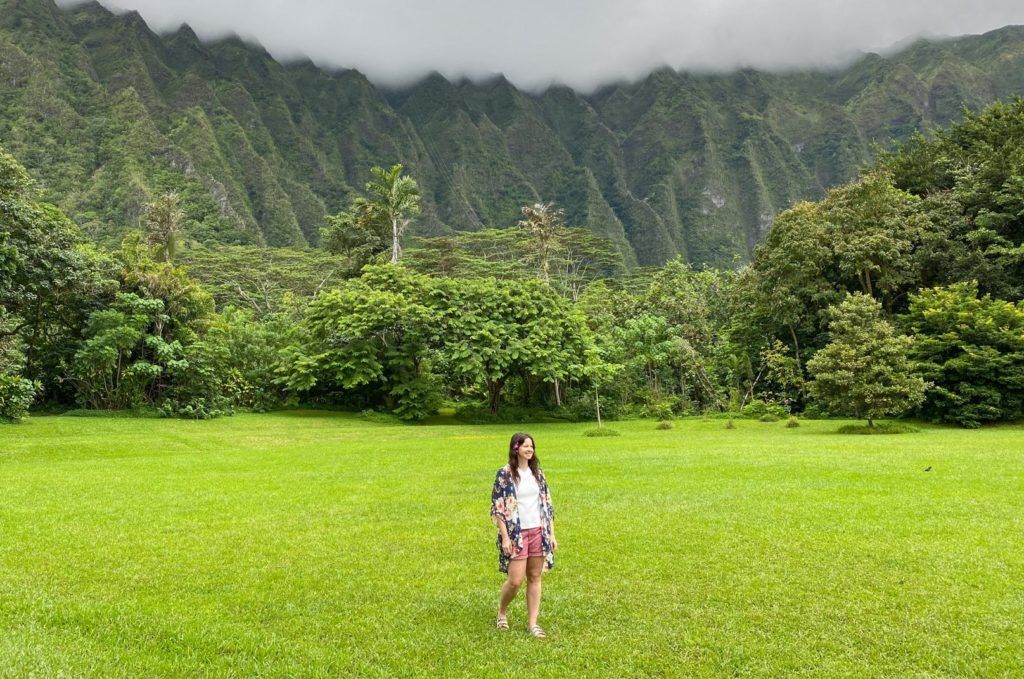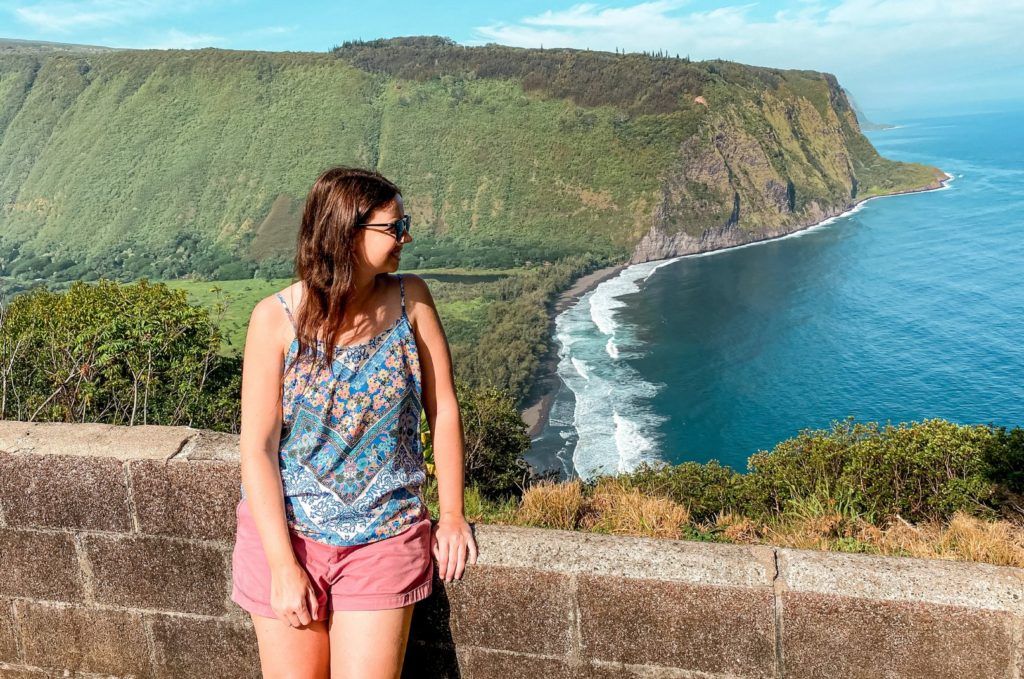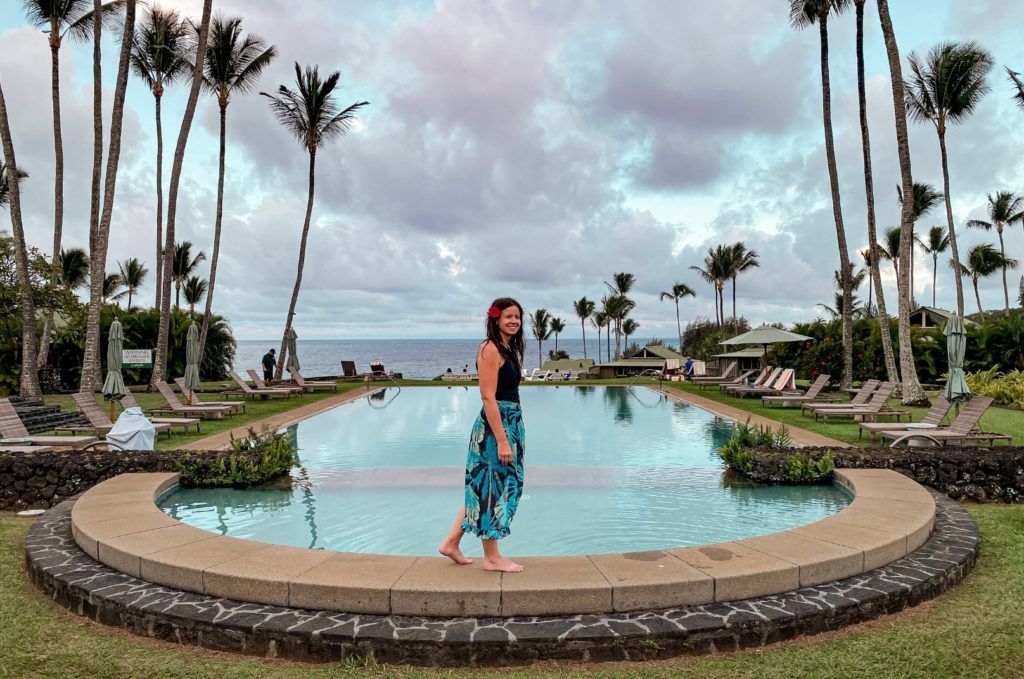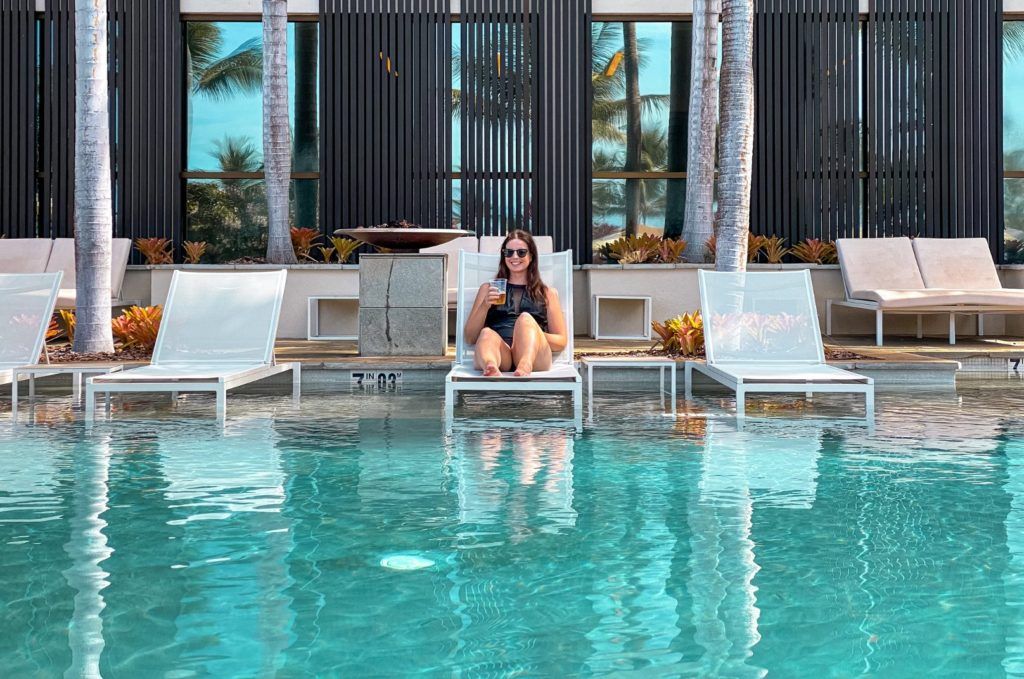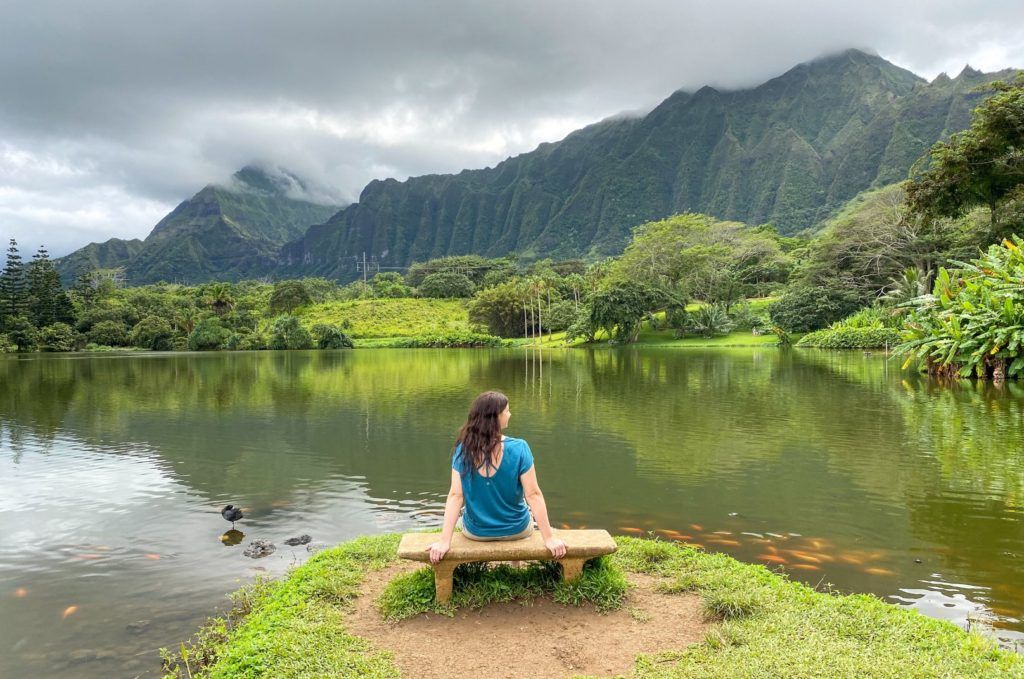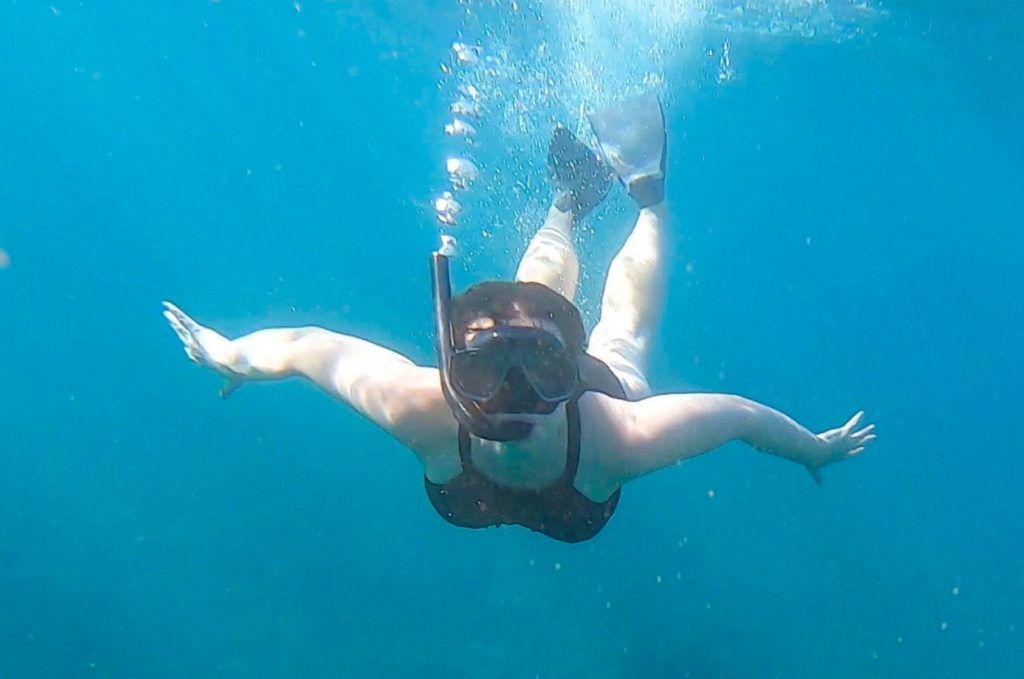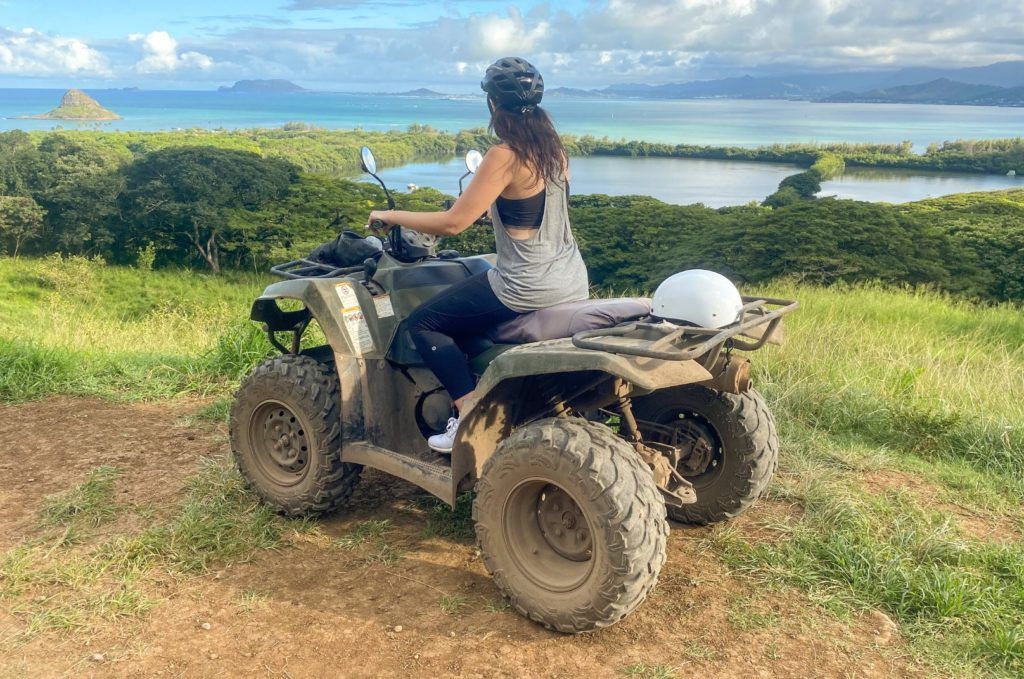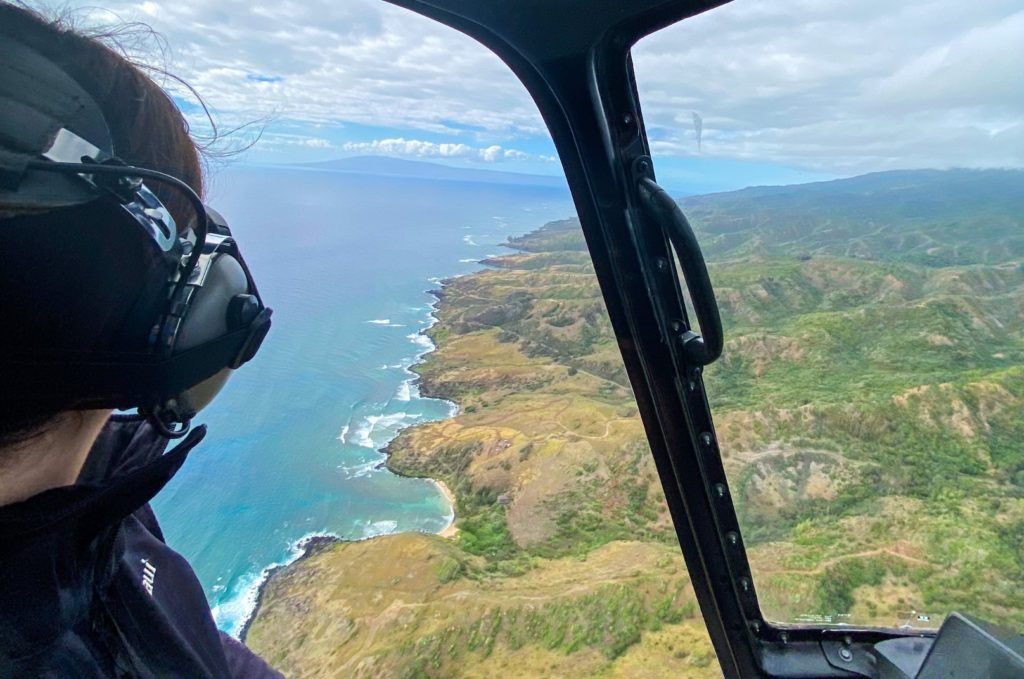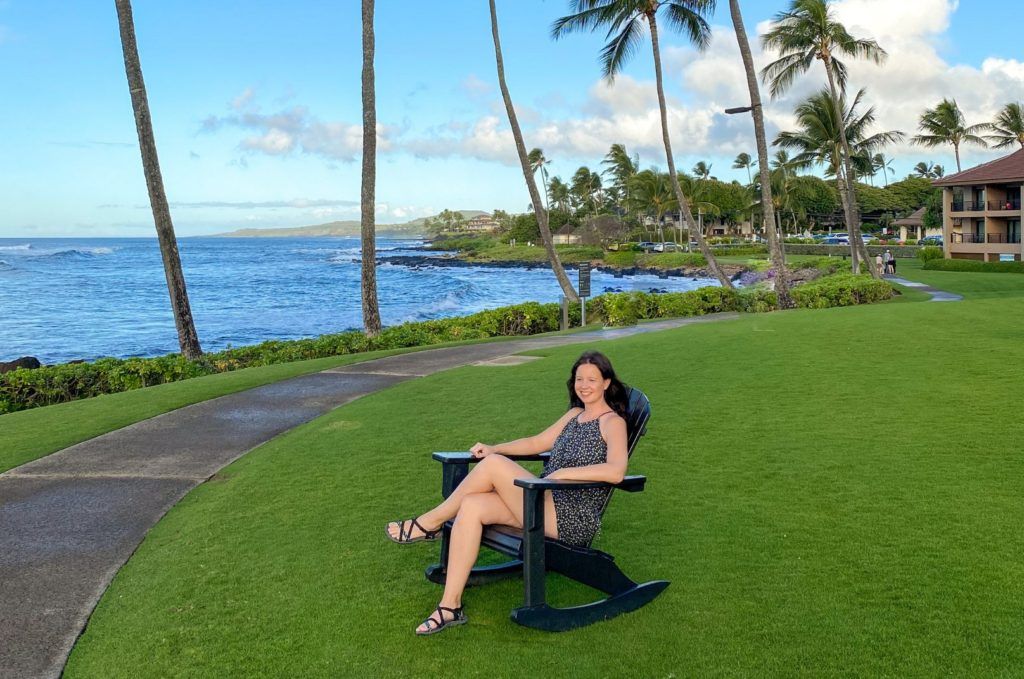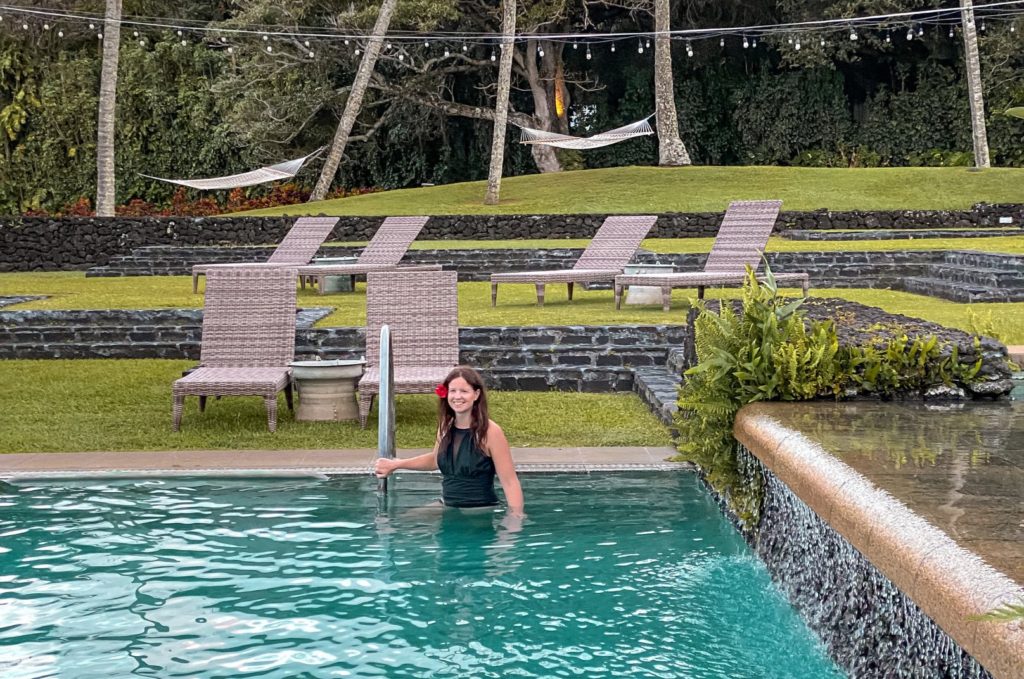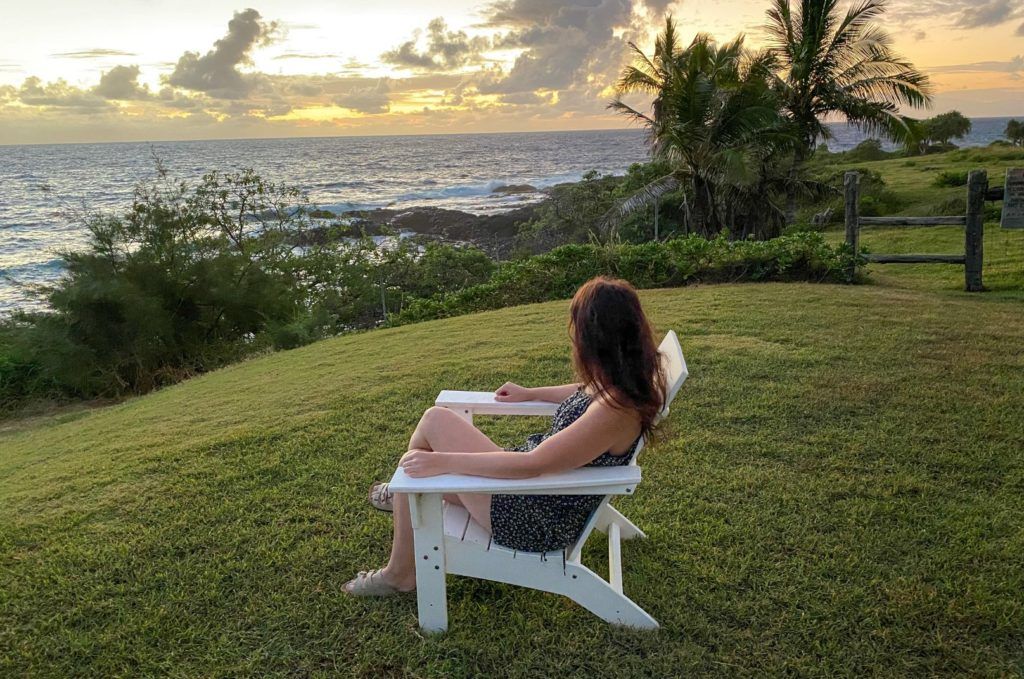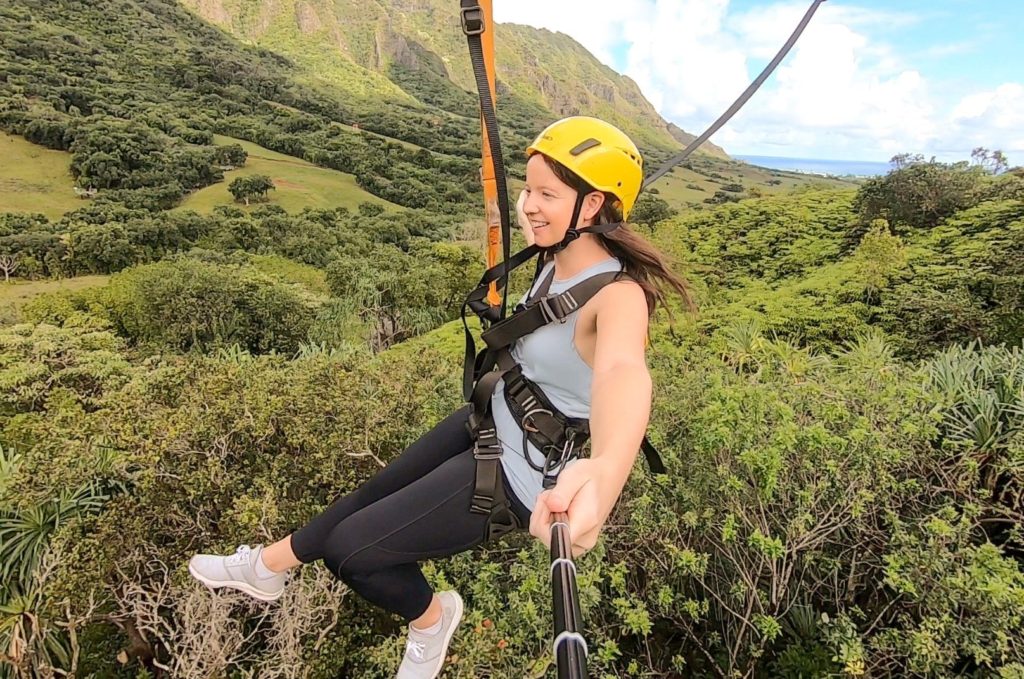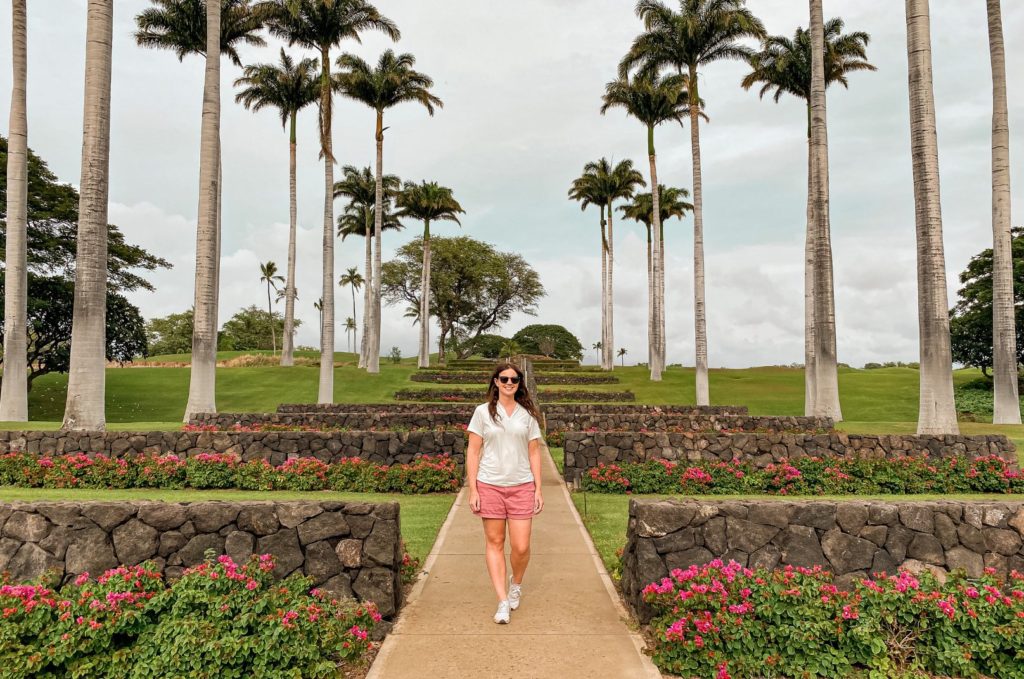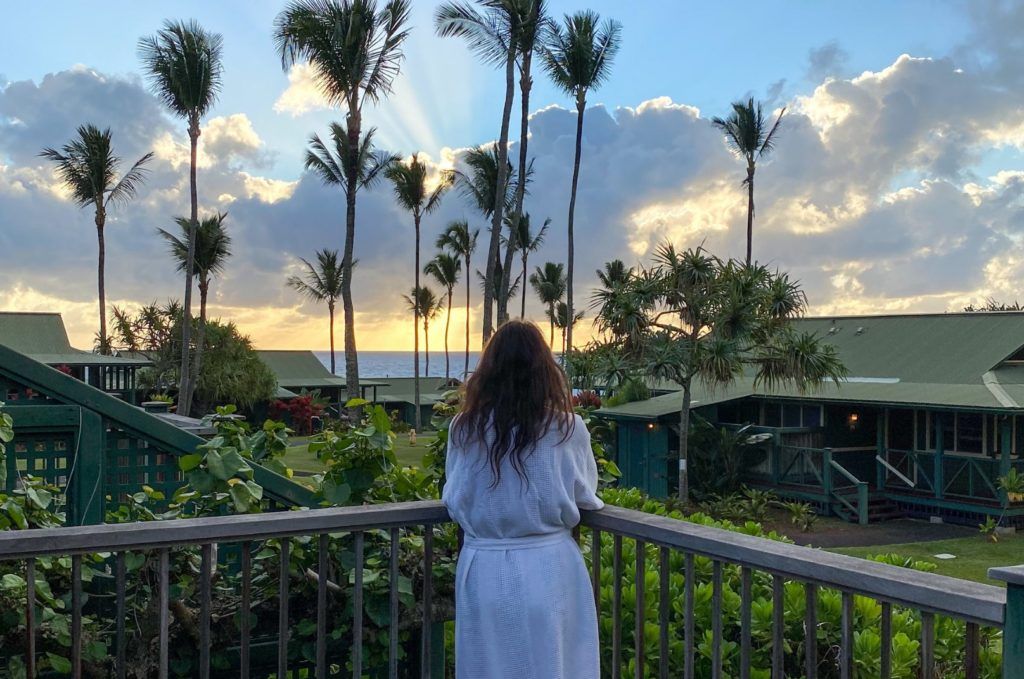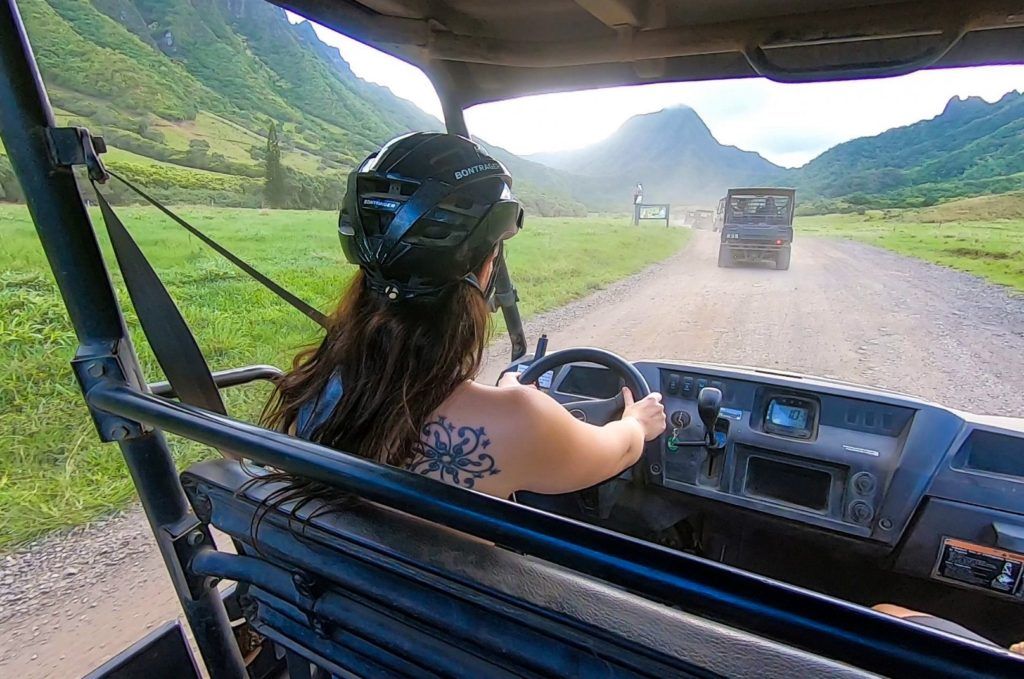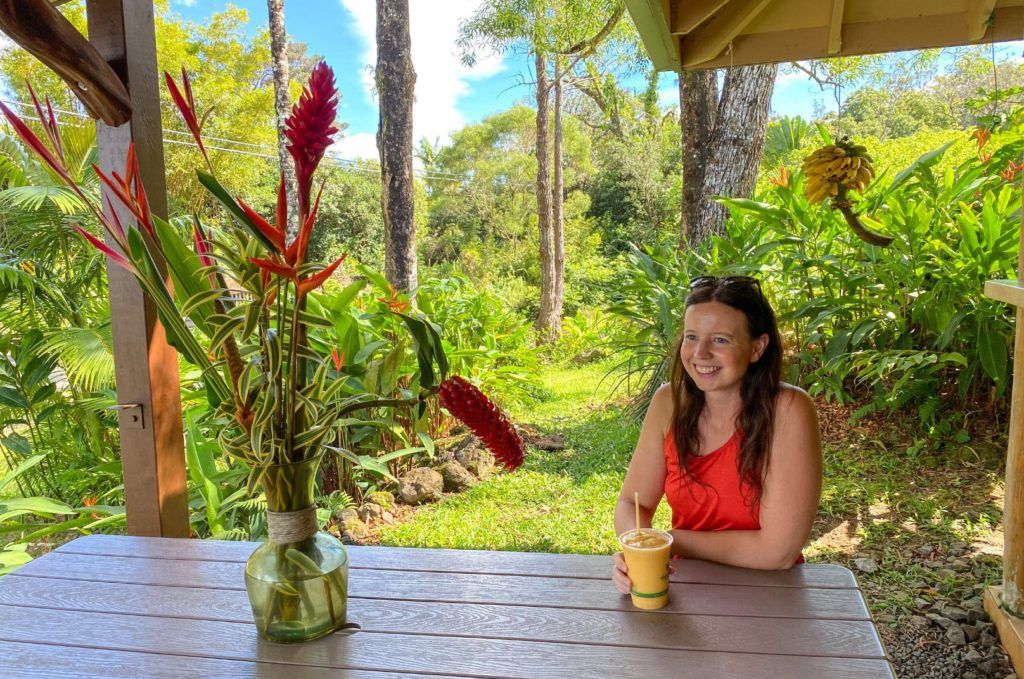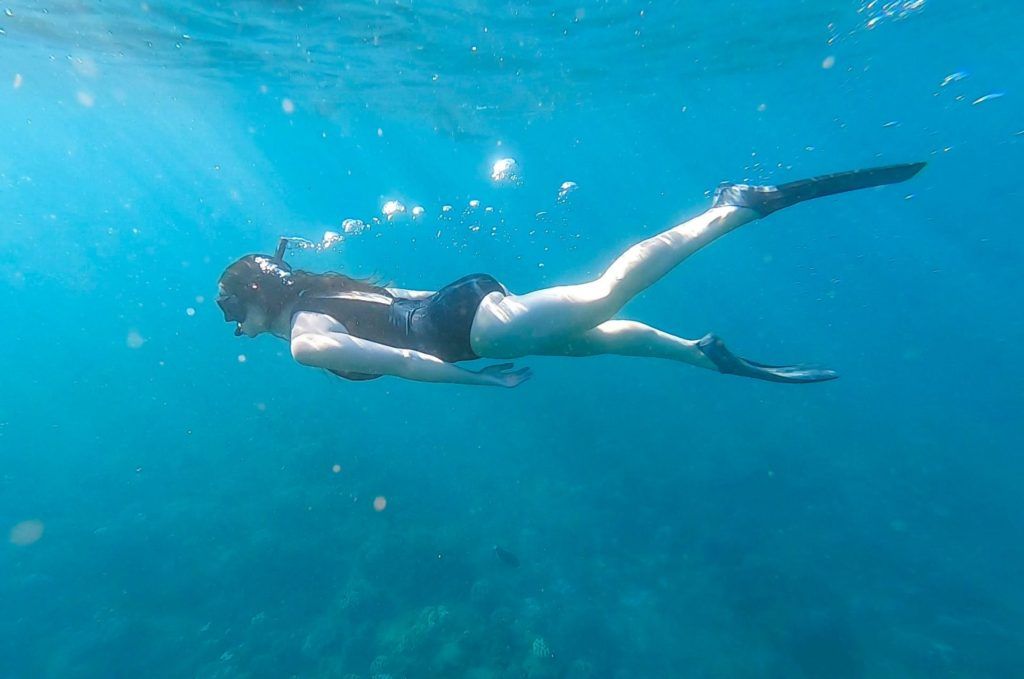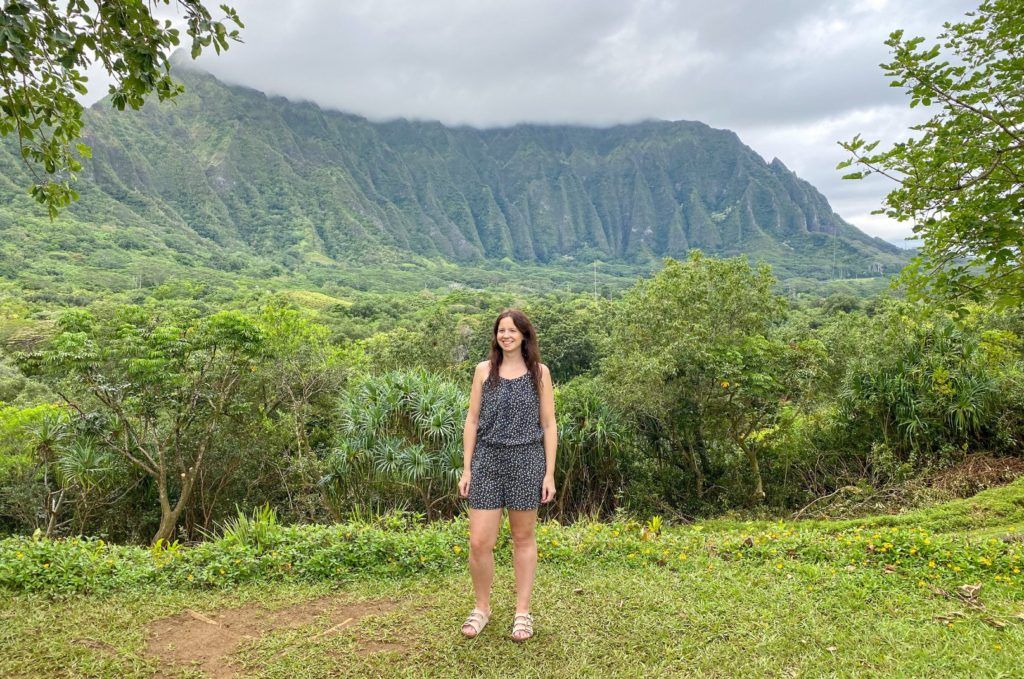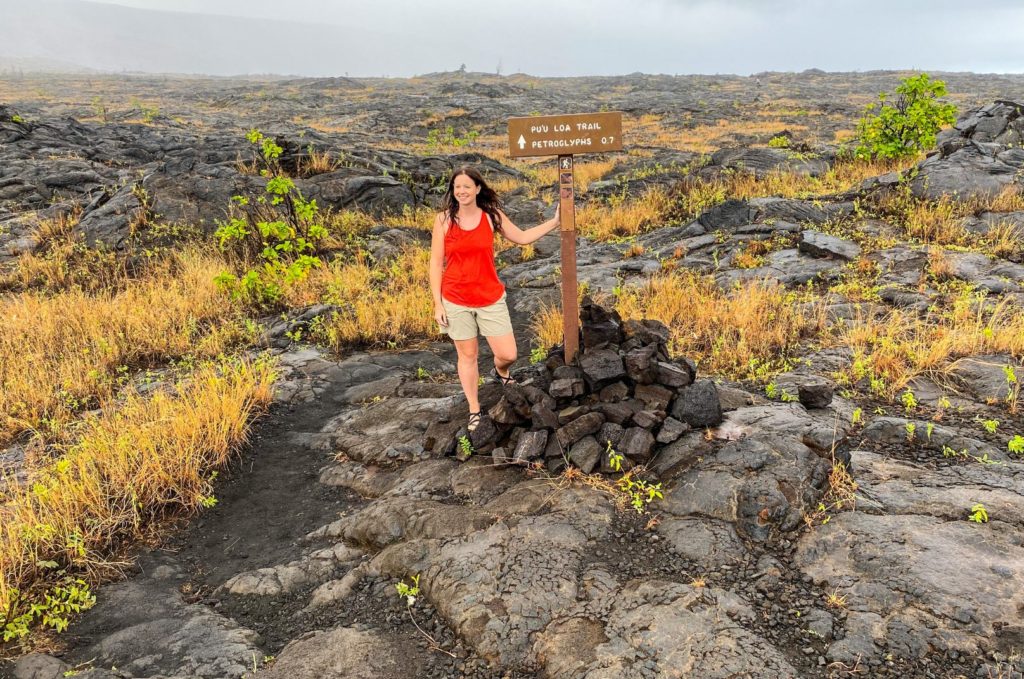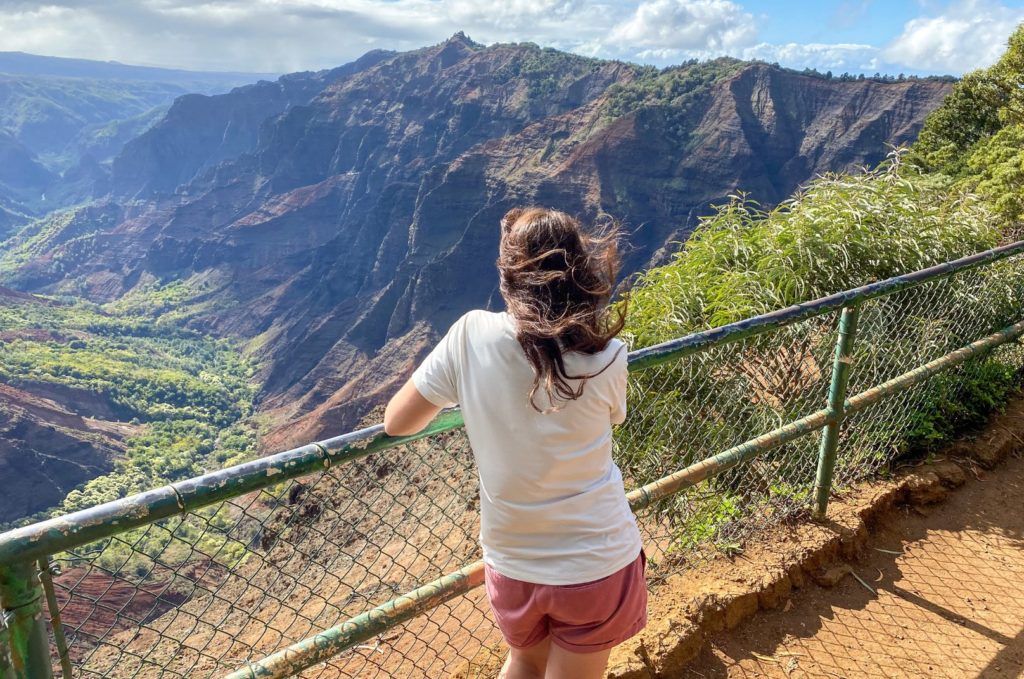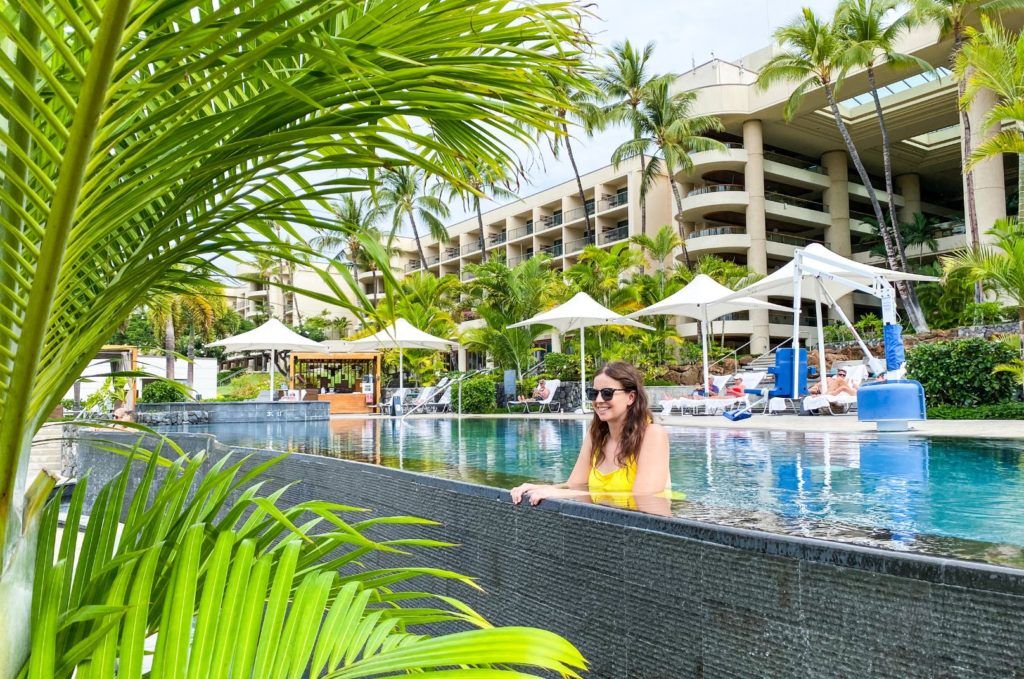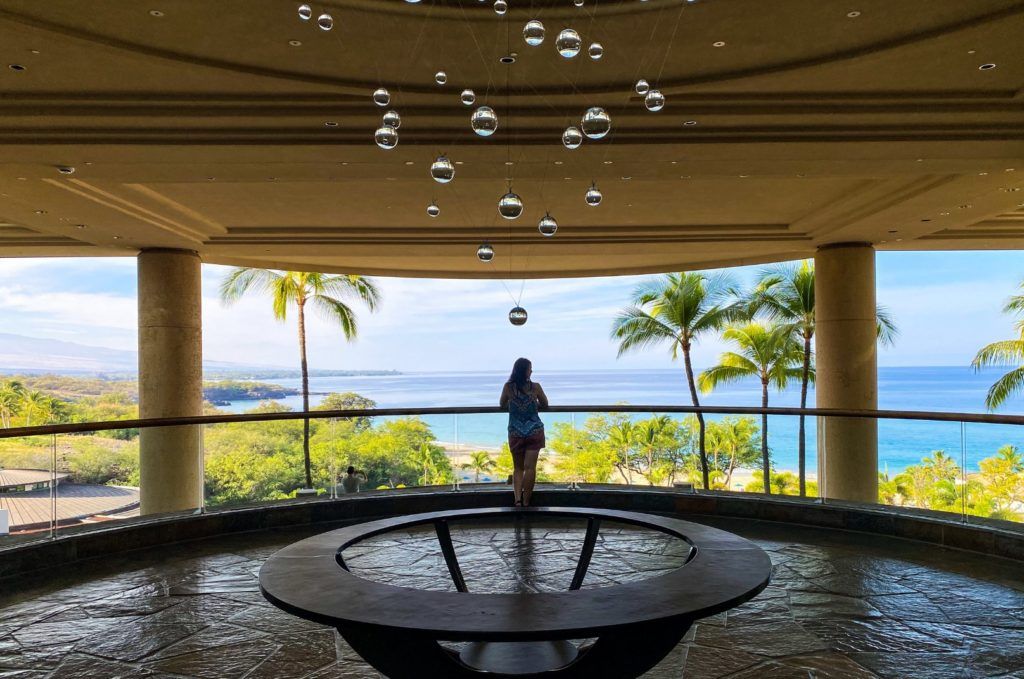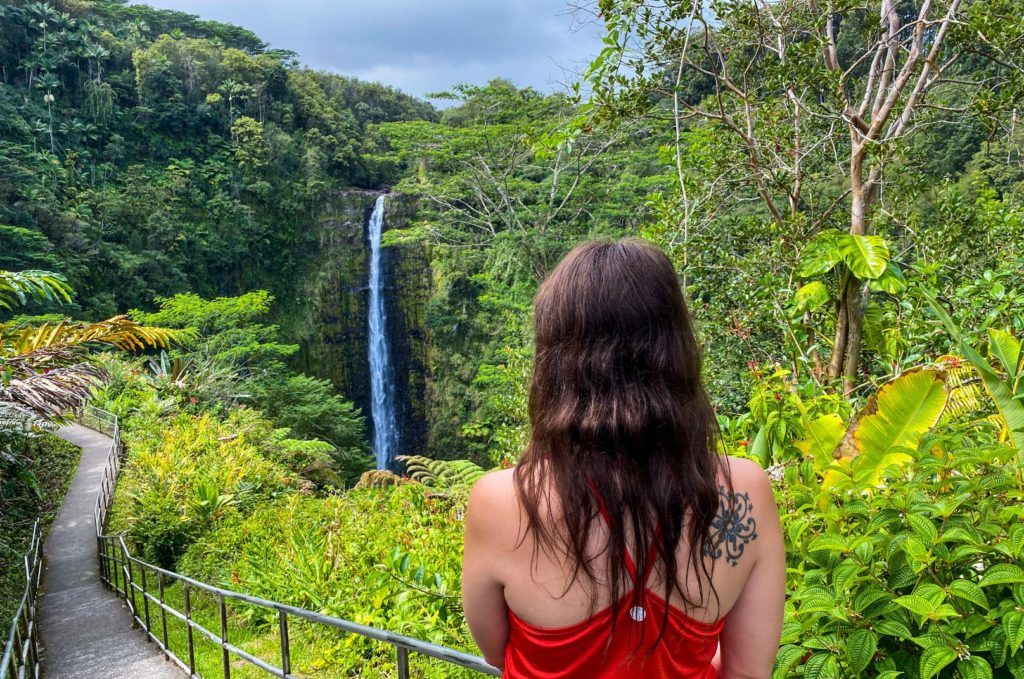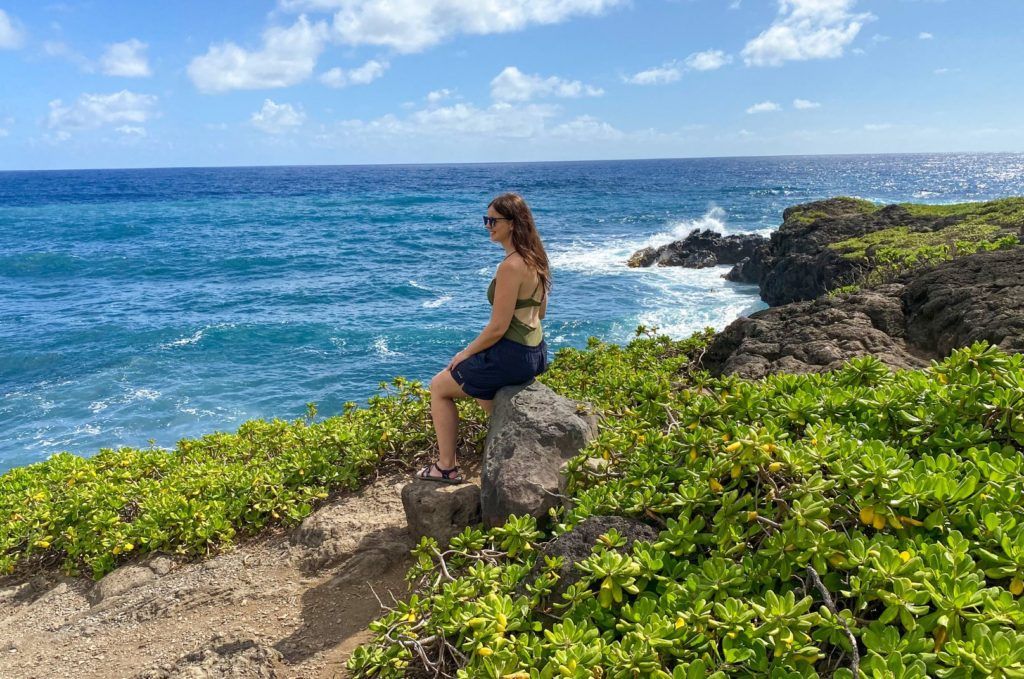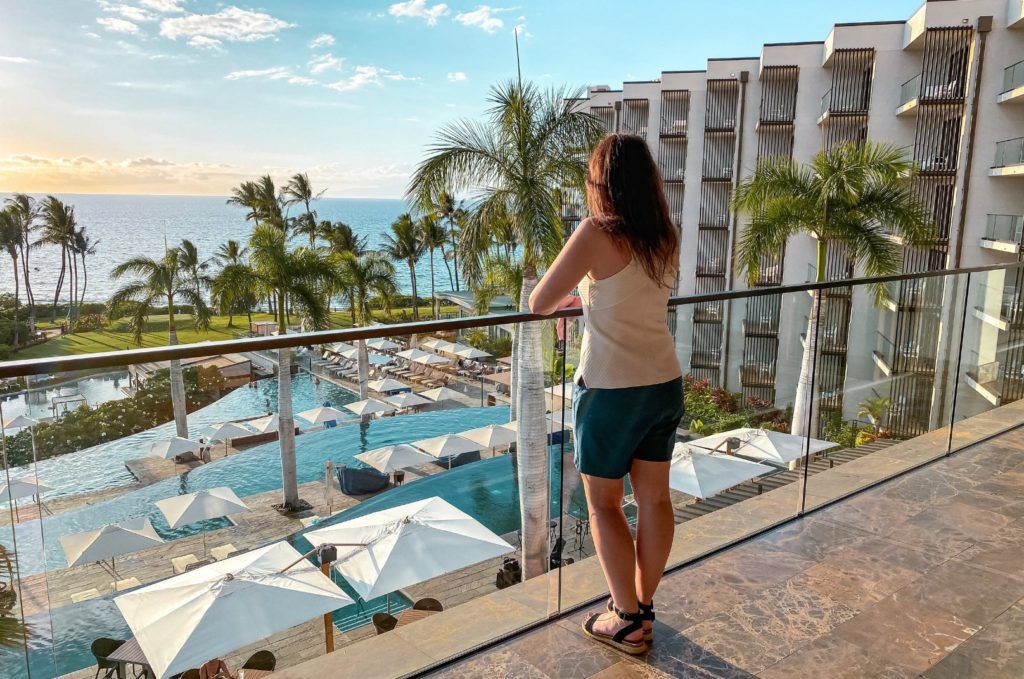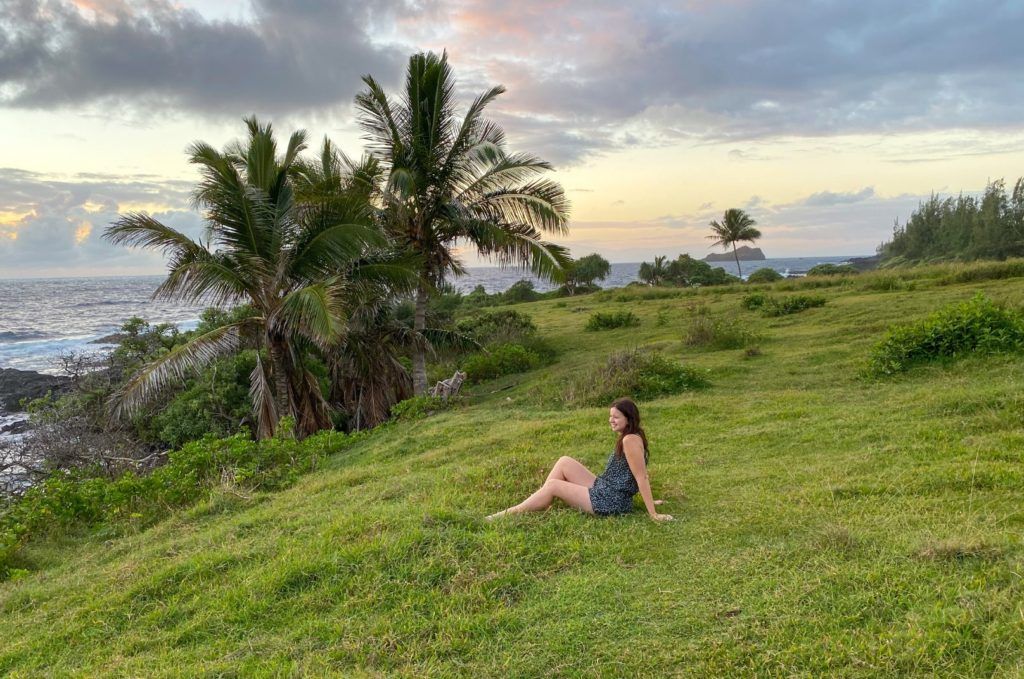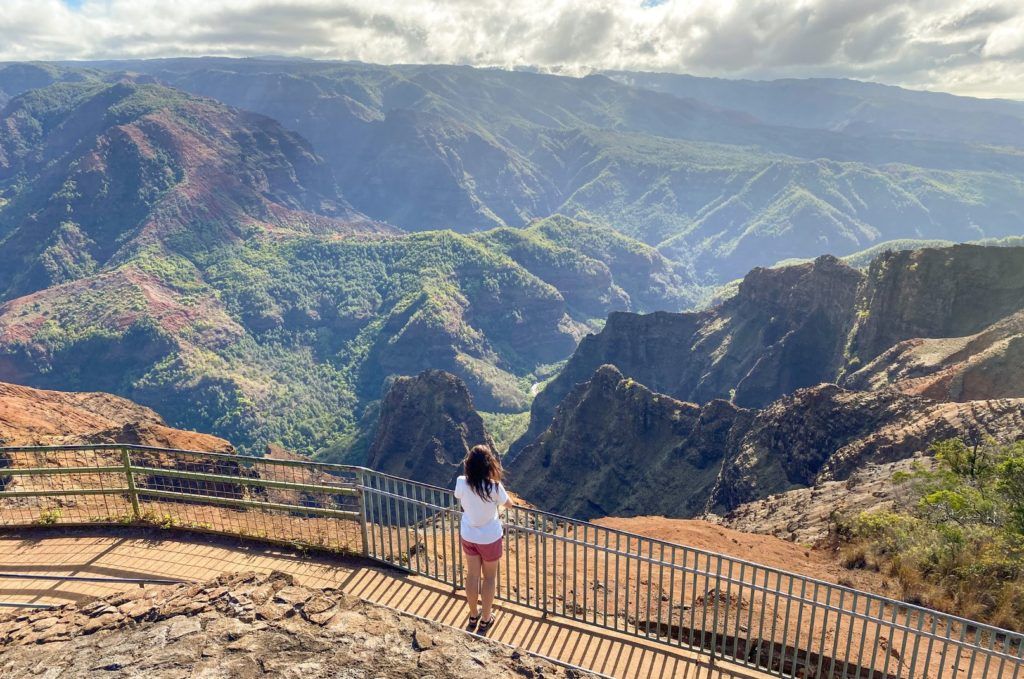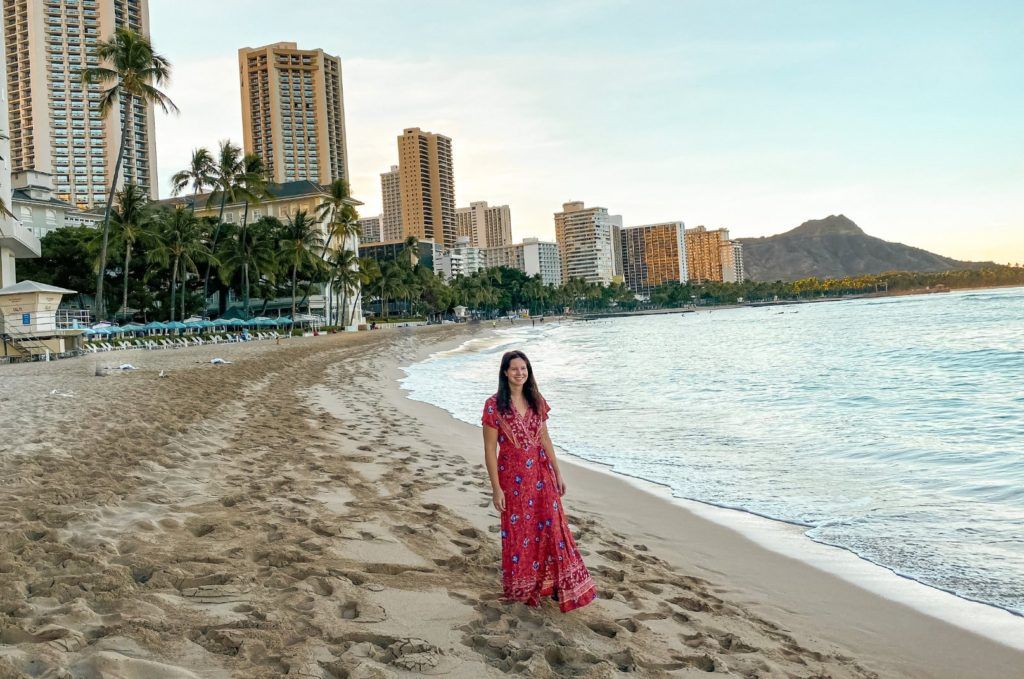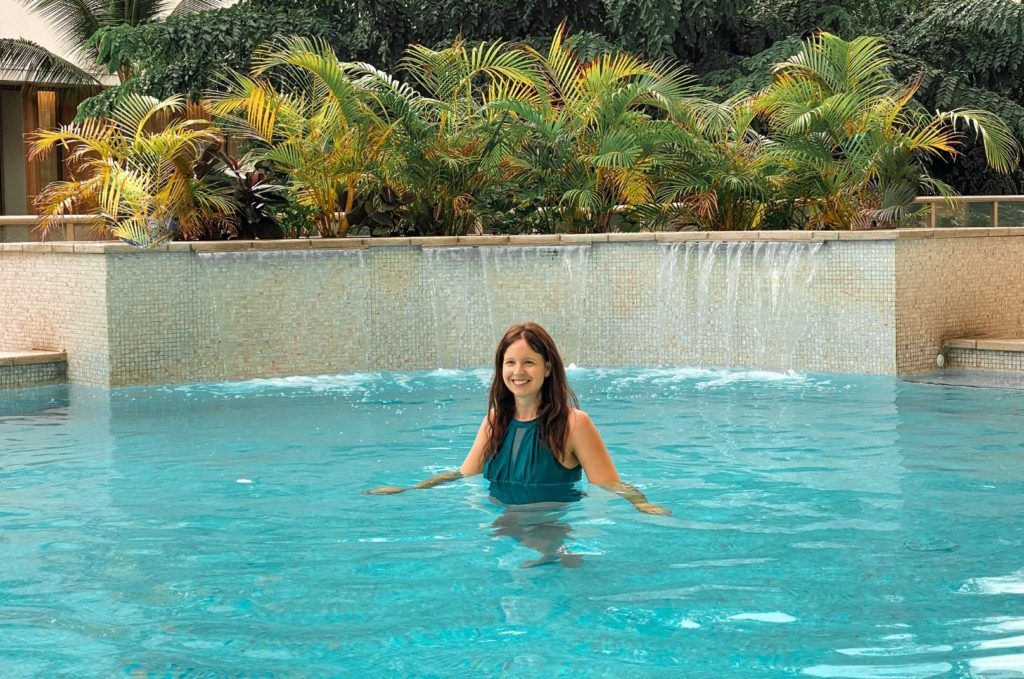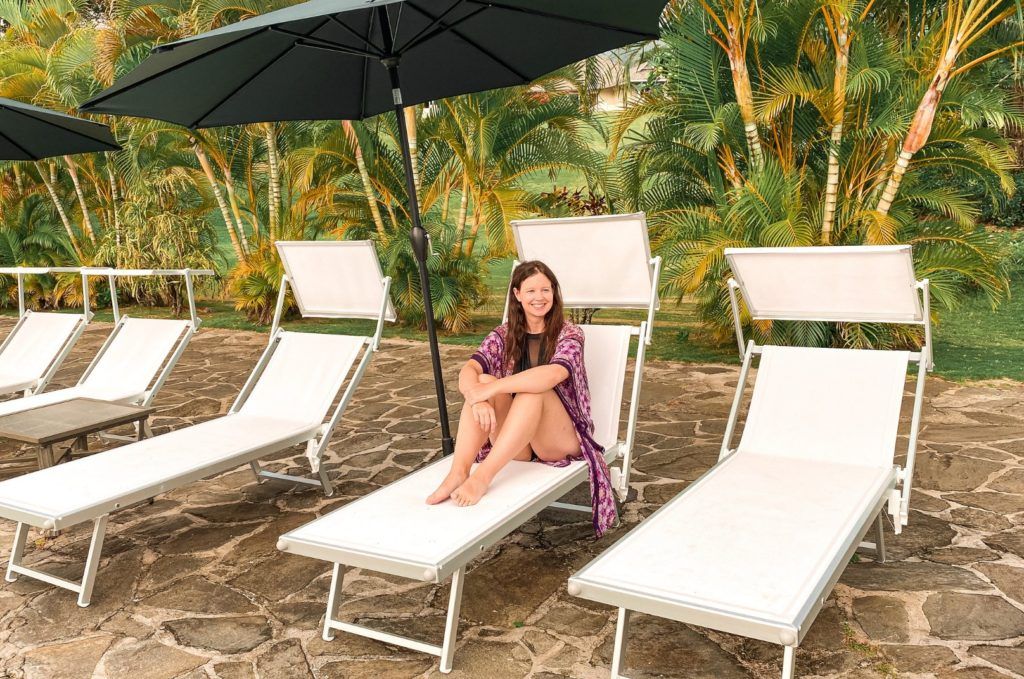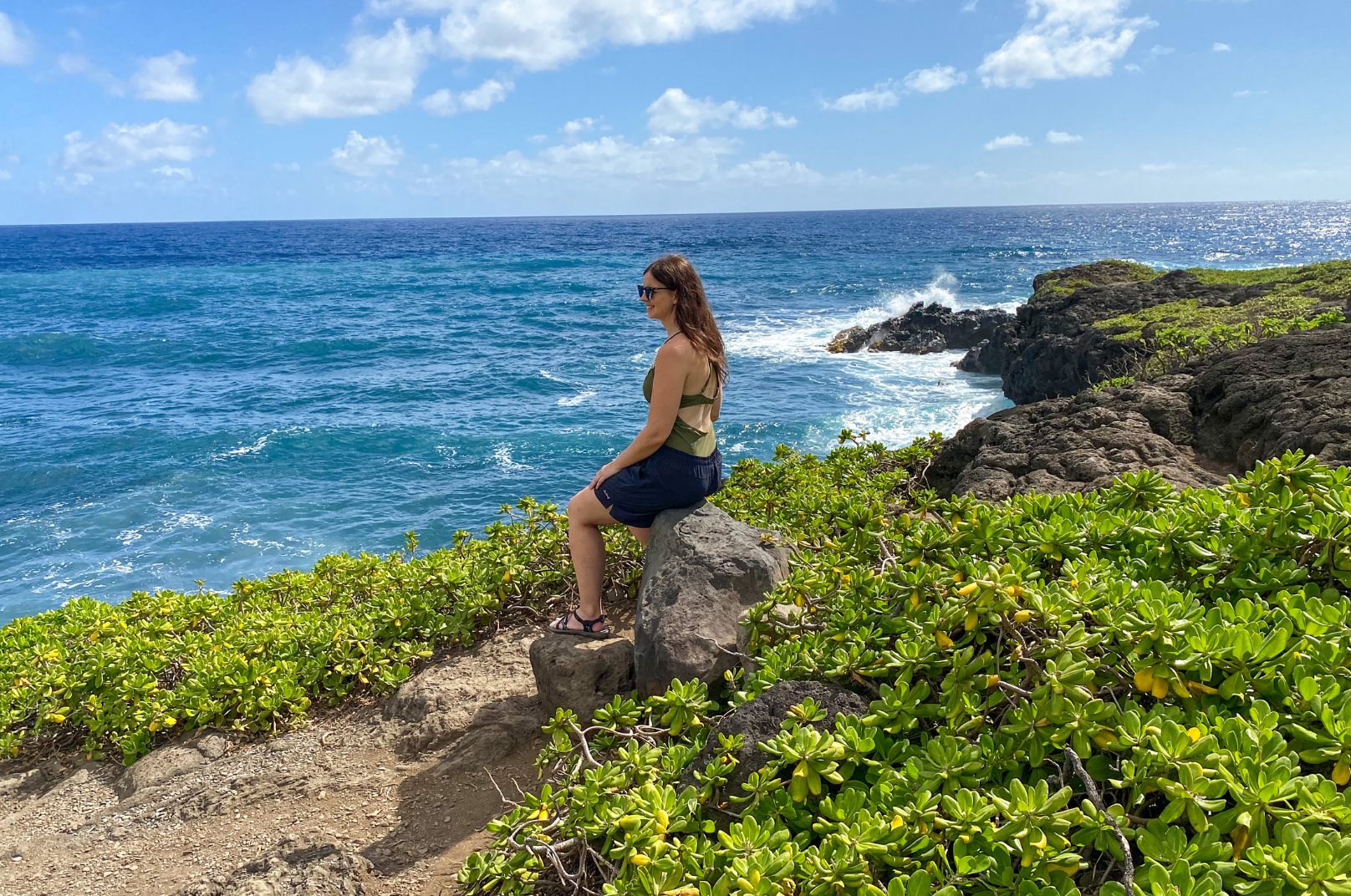
Haleakalā National Park is one of the best off-the-beaten-path national parks to visit. This park spans the island of Maui, meaning you can see volcanic landscapes and sub-tropical rainforests in the same park. So I’ve created this guide for visiting Haleakalā National Park.
The Ultimate Hawaii Travel Guide
Fun Fact: Haleakalā translates into “house of the sun” in Hawaiian. The legend goes that the ancient demigod Maui stood on the volcano’s summit to lasso the sun and create the seasons with shorter days in the winter and longer days in the summer.
Here’s the ultimate guide for visiting Haleakala National Park!


When To Go
Maui’s peak travel season is December – March, when prices and tourist numbers will be at their highest everywhere on the island. So book your accommodation, rental cars, and tours in advance to ensure availability. These months have the best surfing conditions, and this is the prime whale-watching season.
June – August is only slightly less crowded and expensive than December – March. The weather is perfect during these months – sunny and dry. Summer also has calmer currents, giving you ideal swimming conditions.
Maui’s year-round warm weather means this island doesn’t have an off-season. But April – May and September – November are shoulder seasons when you can score some excellent (by Hawaii standards) accommodation and airfare deals.
The Summit District and Wilderness Area are at high elevations, so be prepared for year-round cold weather. Temperatures at the summit are at least 20 degrees colder than sea level and often drop below freezing.
The Kīpahulu District is hot, humid, and wet year-round, so bring shoes that can get muddy and a rainjacket.

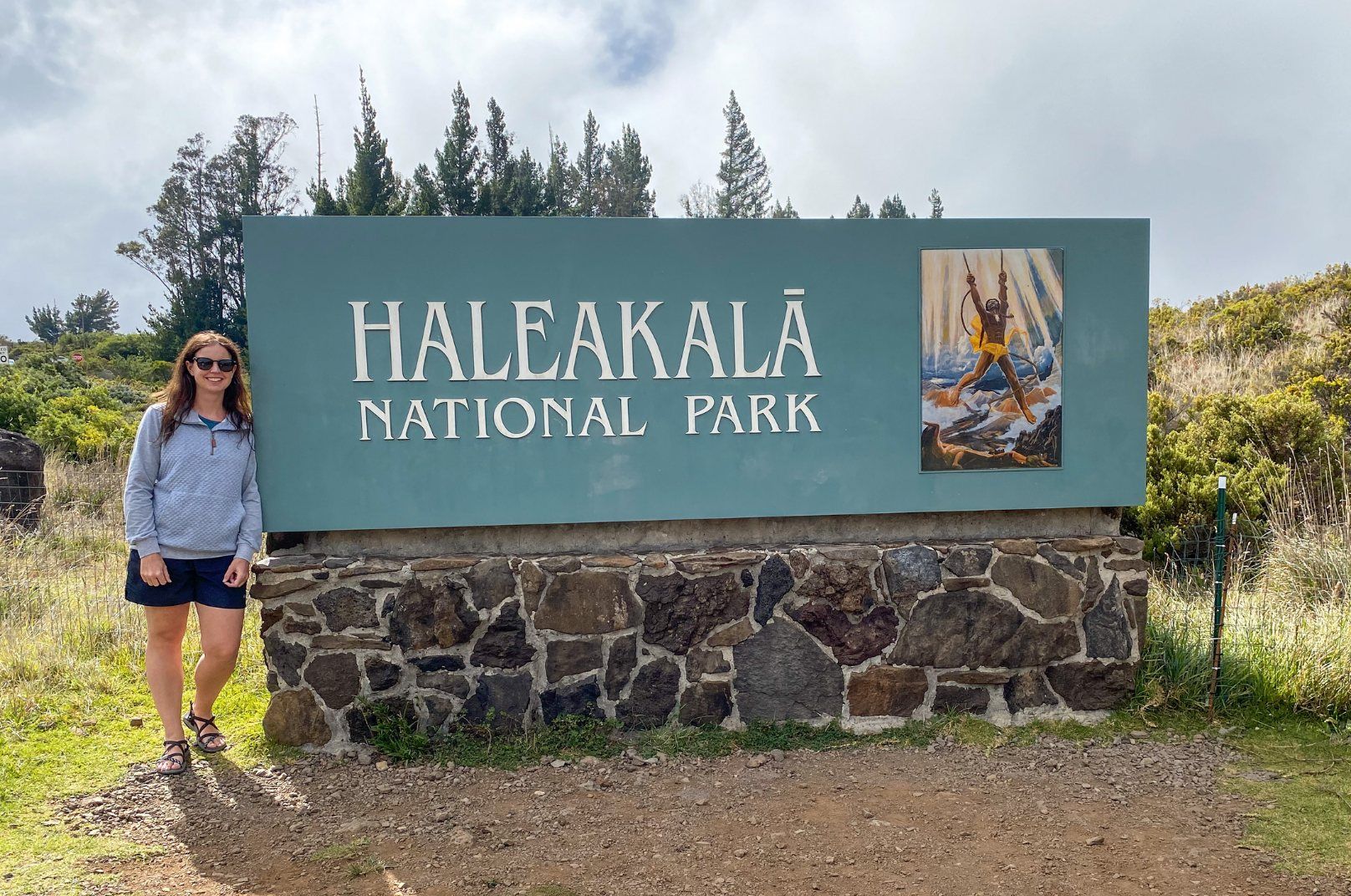
What To Do
Kīpahulu District: hike the Pīpīwai Trail (four miles out and back, moderate-difficult). On the Pīpīwai Trail, make sure you stop at the Makahiku Overlook and hike all the way to Waimoku Falls. Hike the Kūloa Point Trail (0.5-mile loop, easy). Plan on spending a whole day exploring this part of the park, so pack out your lunch and bring plenty of water.
Summit District and Wilderness Area: drive to the Summit for crater views and ocean vistas. See the sunrise from the Summit (reservations required) or the sunset and stargazing. Hike to the Leleiwi Overlook (0.3-mile out and back, easy). Hike the Halemau‘u Trail to Rainbow Bridge (2.5 miles out and back, moderate). Plan on spending at least half a day in this part of the park.

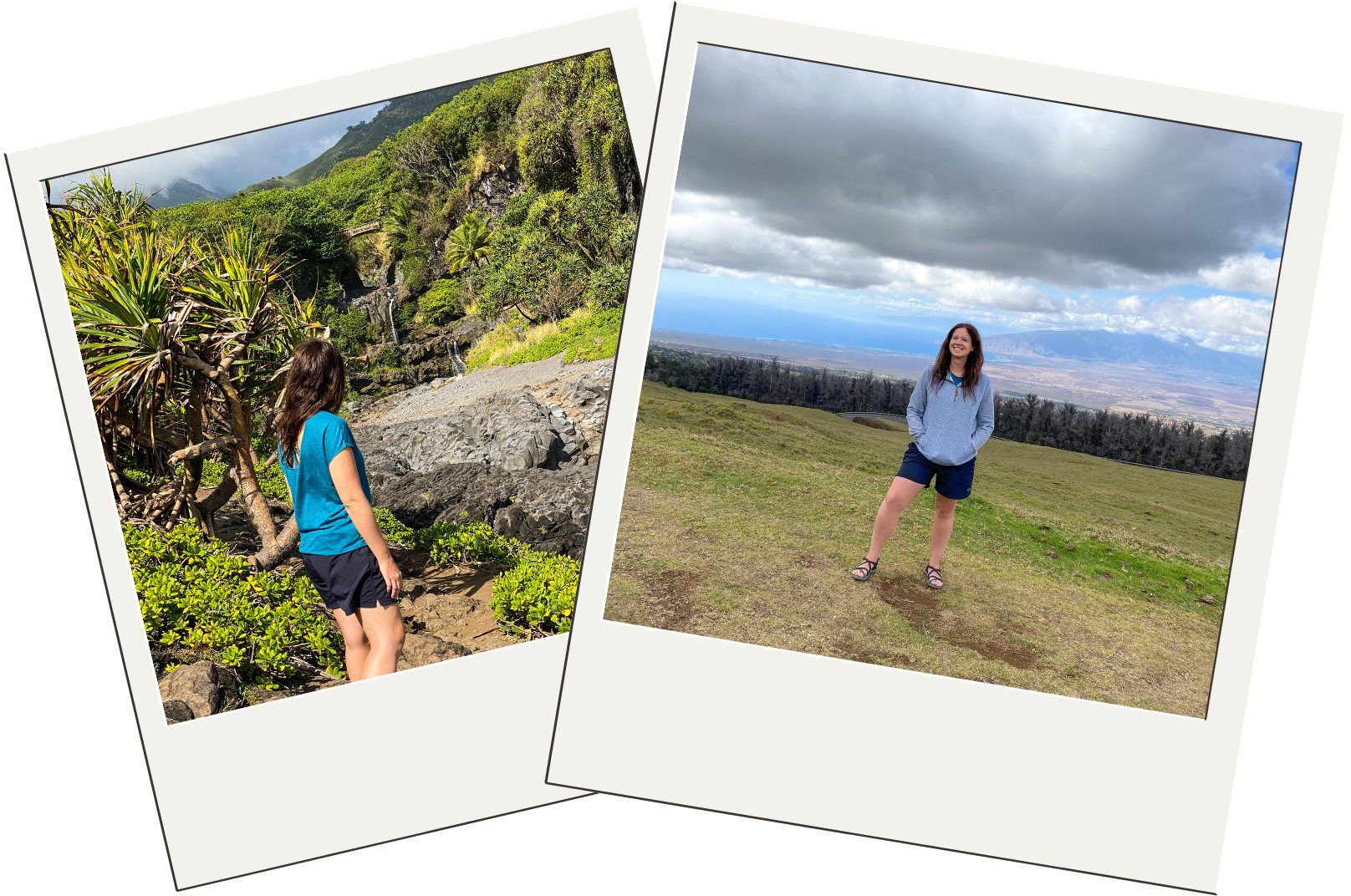
Getting Around
Getting to Haleakalā National Park requires driving to some of the more remote parts of Maui, so having a car is essential. The Kīpahulu District is 12 miles past the town of Hāna, on the famous Hāna Highway, and the Summit District and Wildnerness Area are an hour and a half from Wailea and two hours from the Lahaina/Kaanapali area.
You can book a driver and private car for day trips to Haleakalā National Park, but these are expensive. So I recommend a rental car to give you flexibility over your itinerary and room to store and transport your belongings.
I spent three days on Maui with a rental car, and I drove all over the island. But because the island is so small, I only had to fill up my tank once.

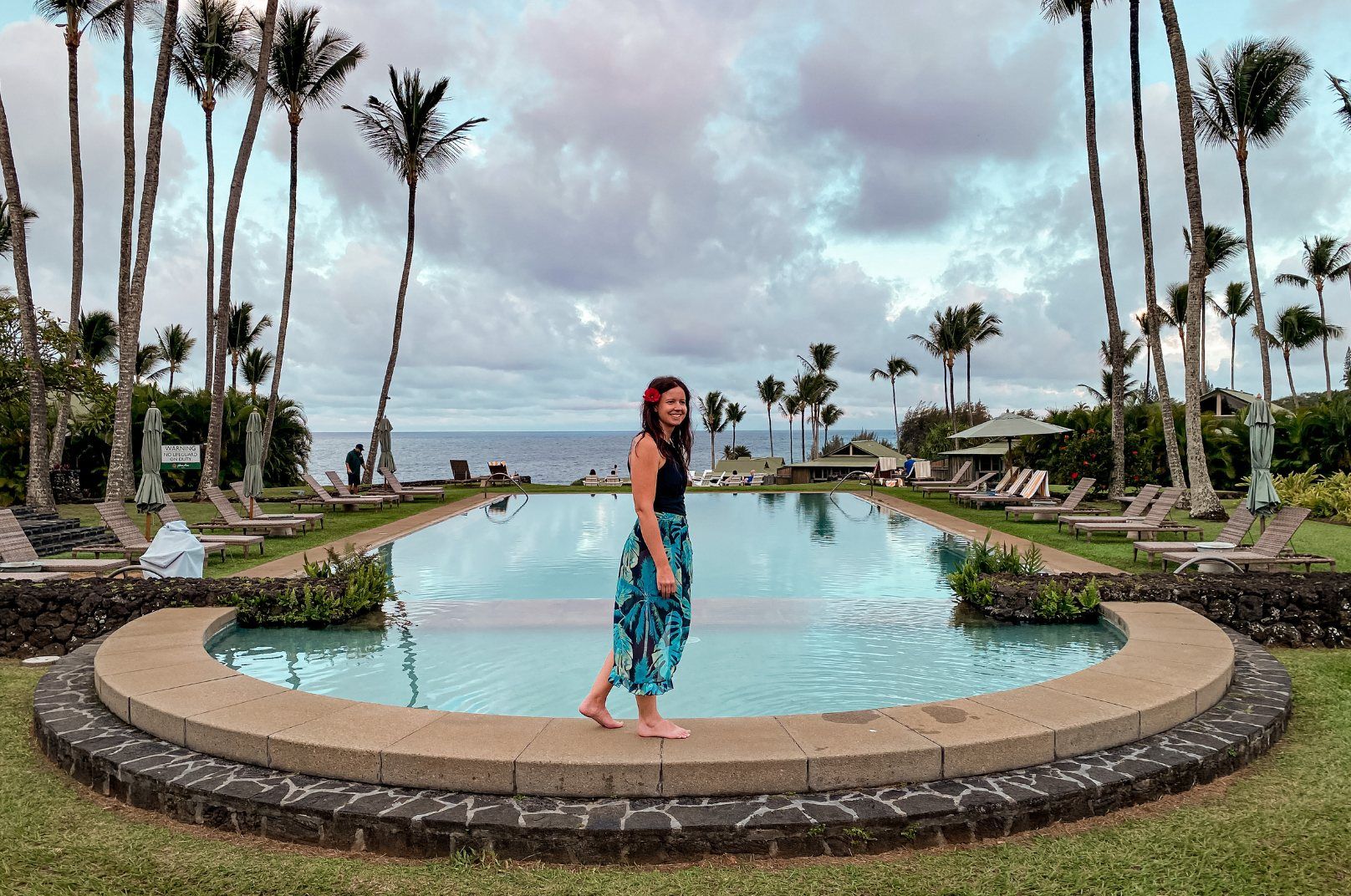
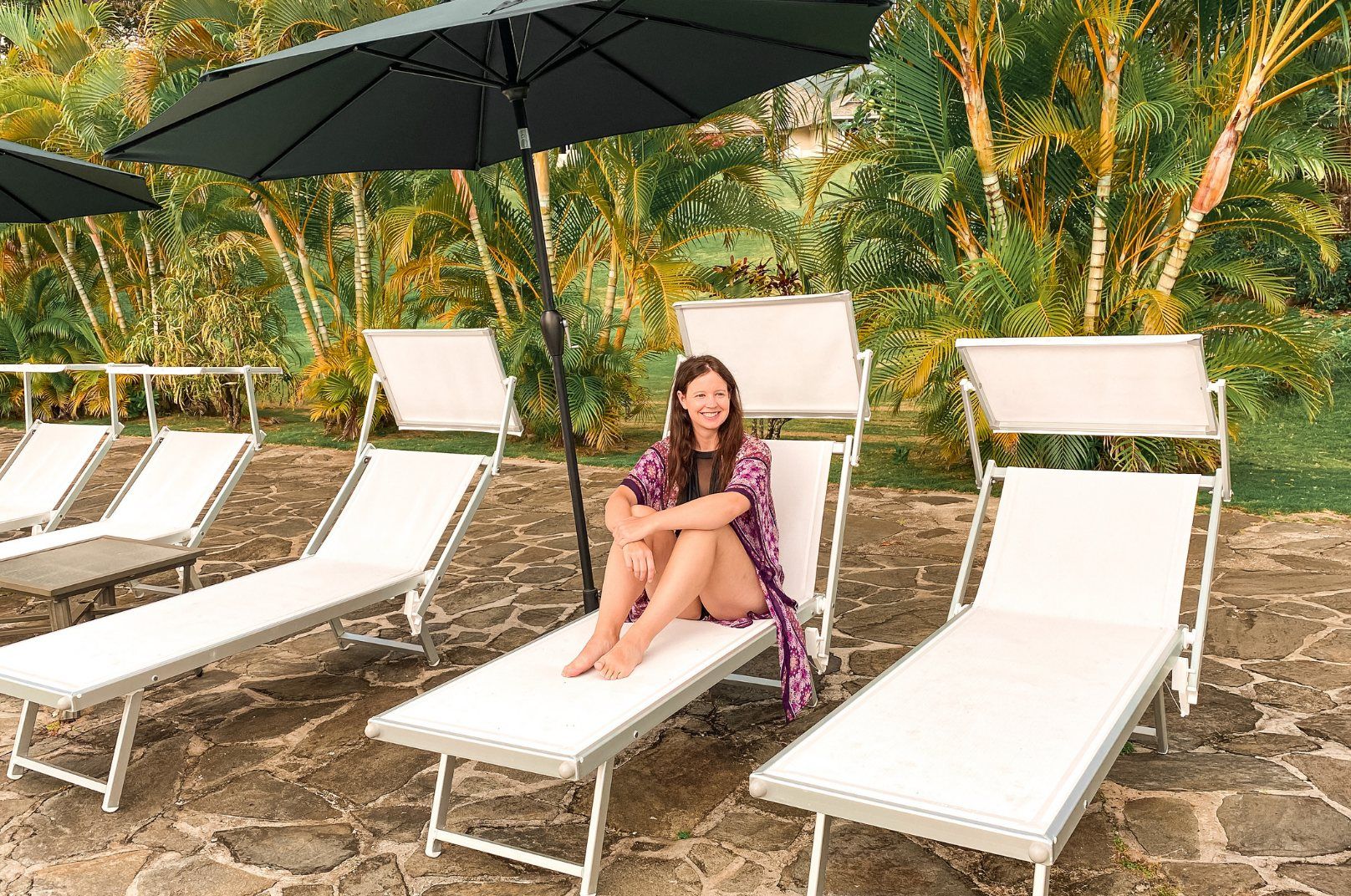
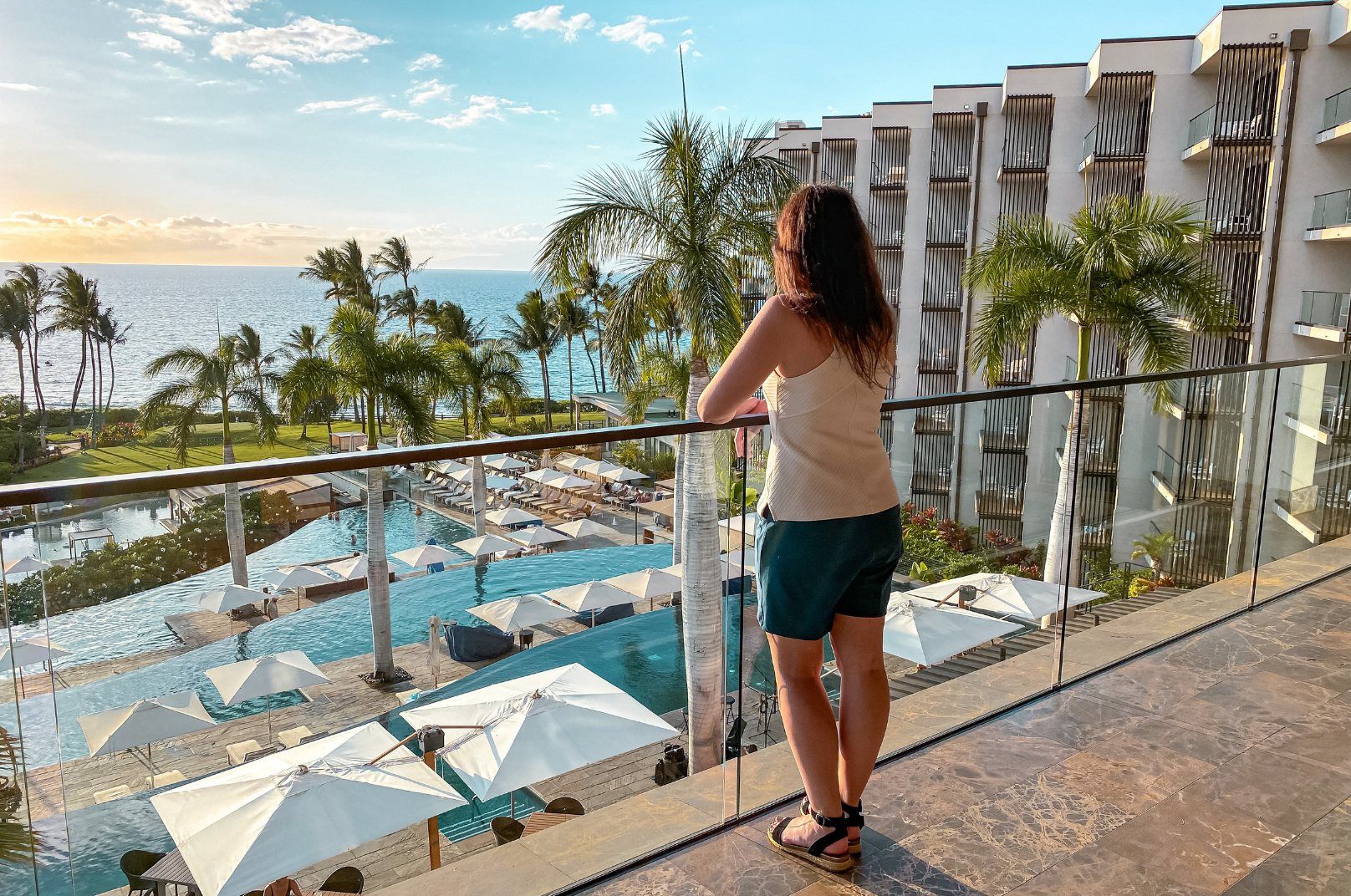
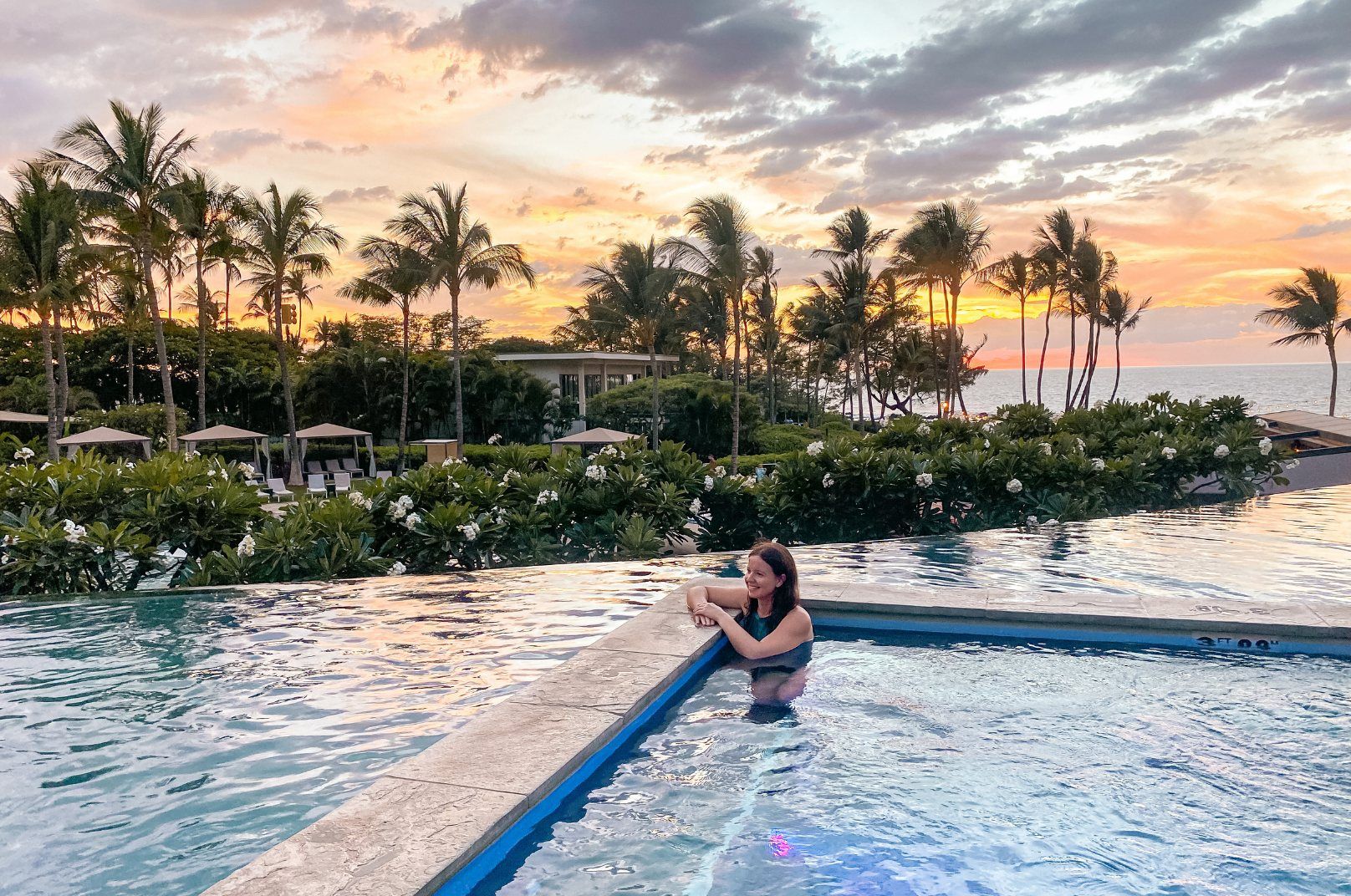
Where To Stay
You’ll want to stay in Hāna to explore the Kīpahulu District (my favorite hotel is the Hana-Maui Resort). The Wailea and Lahaina/Kaanapali areas are the best places to stay to visit the Summit District and Wildnerness Area (my favorite hotel is the Andaz Maui).
So I’ve rounded up the best hotels on Maui for every budget and preference, and the island also has some incredible vacation homes.
There are three options for staying in Haleakalā National Park. The Summit and Kīpahulu Districts offer front-country, drive-up camping. Tent camping and cabin rentals are available inside the park with advance reservations.
Please note there is a three-night maximum for overnight stays in all Haleakalā National Park areas in a thirty-day period.

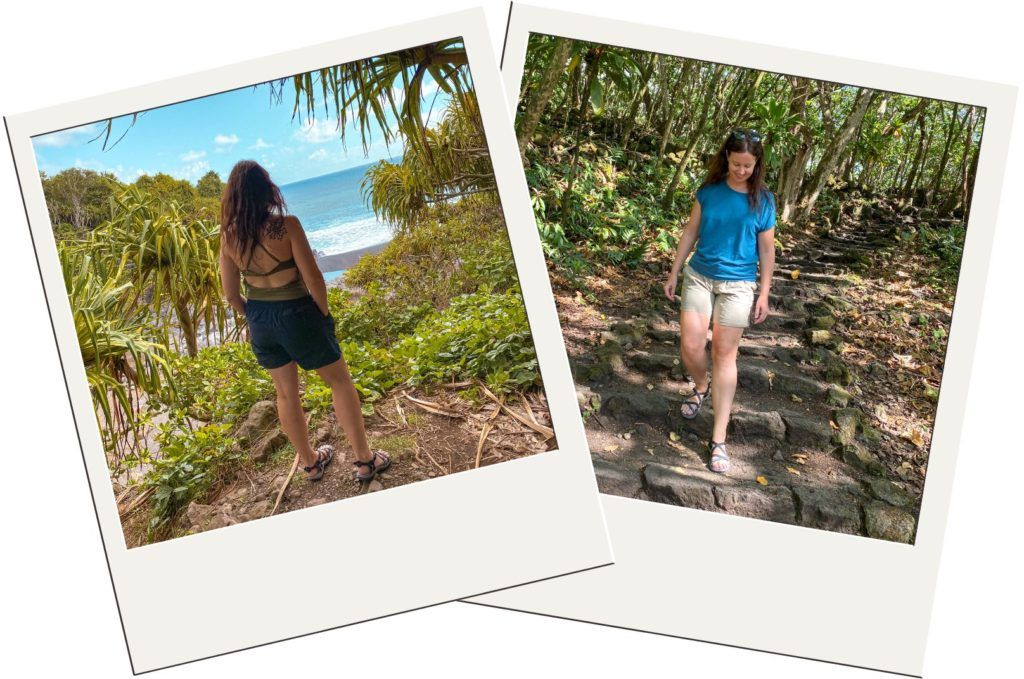
Know Before You Go
Trails in the Kīpahulu District are open every day from 9 am to 5 pm, so you’ll want to start the Pīpīwai Trail no later than 1 pm to ensure you are out of the park when the gate closes at 5 pm.
The Summit District from the visitor center to the summit is always open.
Reservations must be made to see the sunrise from the summit at Recreation.gov starting 60 days in advance of your visit.
Fill up your gas tank and bring food. Neither are available anywhere in the park.
Bring water, sunscreen, bug spray, and wear sturdy shoes.
In the Kīpahulu District, dress for hot, humid, rainy weather.
Swimming isn’t allowed in the Kīpahulu District because of dangerous water conditions.
There are no charging stations for electric vehicles at Haleakalā National Park. So don’t drive an electric car to the Summit because even cars with a full charge can’t make it to the top.
In the Summit District and Wilderness Area, dress warmly. Temperatures at the Summit are at least 20 degrees colder than at sea level and often drop below freezing.

Shop My National Park Essentials

Is there anything you’d add to this guide for visiting Haleakala National Park? If so, let us know in the comments!

For Planning The Rest Of Your Hawaii Trip

Recommended Tours in Maui

Frequently Asked Questions
How long do you need for Haleakala National Park?
You need to spend a day in the Kīpahulu District and at least half a day in the Summit District and Wilderness Area.
How much does it cost to go to Haleakala National Park?
The entrance fees to the park are $30 per vehicle, $25 per motorcycle, and $15 per pedestrian or bicyclist. Your entry fee allows for unlimited re-entry into either district of the park (Summit or Kīpahulu) for three days. You can also use your Annual Park Pass.
Can you visit Haleakala on your own?
Yes. You can drive yourself to every part of this park. Advance reservations are required to see the sunrise from the Summit.
Can you go to Haleakala without a reservation?
Yes. The only time you would need a reservation for this park is to see the sunrise from the Summit.
Is Haleakala worth it?
Yes! This national park is the of the most unique and beautiful national parks to visit in the country. This park has it all – hiking, wildlife viewing, otherworldly landscapes, and breathtaking vistas. I would prioritize the Kīpahulu District, then the Summit District and Wilderness Area.
Is it better to see sunrise or sunset at Haleakala?
Both are incredible. The sunrise requires a reservation, and you’ll have to enter the park around 3 am. The sunset doesn’t require a reservation, and you can arrive as early and stay as long as you want.
How cold is it at the top of Haleakala?
The Summit District and Wilderness Area are at high elevations, so be prepared for year-round cold weather. Temperatures at the summit are at least 20 degrees colder than sea level and often drop below freezing.
The Kīpahulu District is hot, humid, and wet year-round, so bring shoes that can get muddy and a rainjacket.
Maui’s peak travel season is December – March, when prices and tourist numbers will be at their highest everywhere on the island. So book your accommodation, rental cars, and tours in advance to ensure availability. These months have the best surfing conditions, and this is the prime whale-watching season.
June – August is only slightly less crowded and expensive than December – March. The weather is perfect during these months – sunny and dry. Summer also has calmer currents, giving you ideal swimming conditions.
Maui’s year-round warm weather means this island doesn’t have an off-season. But April – May and September – November are shoulder seasons when you can score some excellent (by Hawaii standards) accommodation and airfare deals.
Are there bathrooms at the top of Haleakala?
Restrooms are available at the Haleakala Visitor Centers located at 7000 and 9740 feet above sea level.

This is not a sponsored post, and, as always, the thoughts and opinions expressed in this guide for visiting Haleakalā National Park are entirely my own. Some of the links in this guide for visiting Haleakalā National Park are affiliate links, and, at no cost to you, I may earn a small commission.
 Travel Shop
Travel Shop Merch
Merch Travel Tips
Travel Tips
 Photography
Photography Points & Miles
Points & Miles Credit Cards
Credit Cards